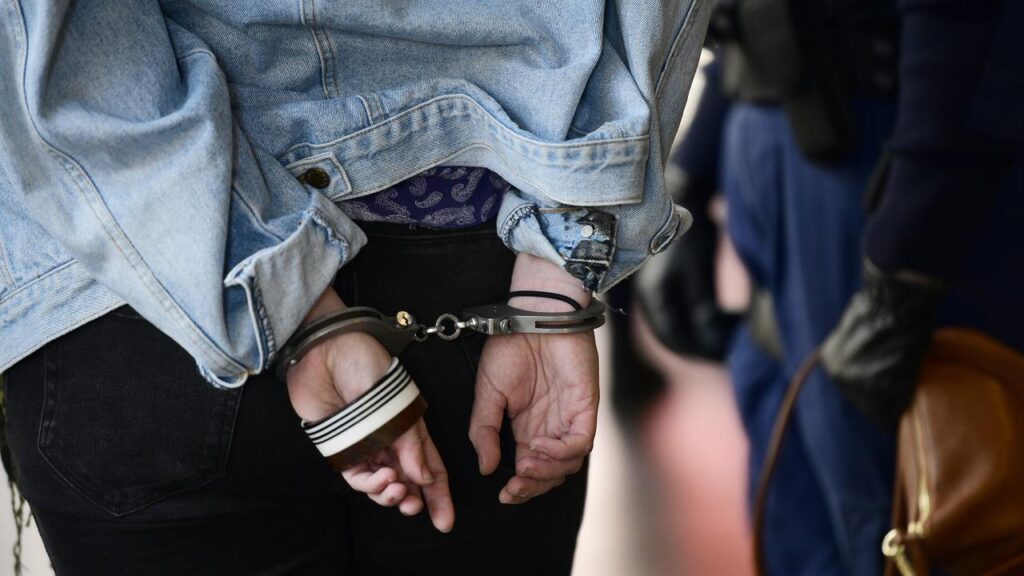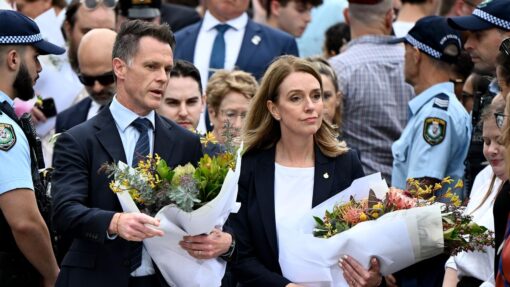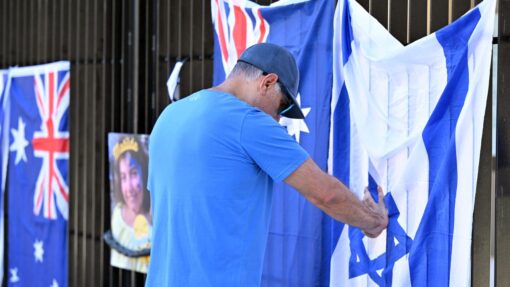Leaders urged not to mess with criminal responsibility
Callum Godde and William Ton |

Legal advocates have welcomed a report’s recommendations into a presumption that children under 14 are “incapable of evil”, urging a state not to tinker with the long-standing principle, despite a drop in youth convictions.
A NSW review of doli incapax was released on Saturday after it was launched by the state Labor government in May amid a national debate about youth crime.
Latin for incapable of evil, doli incapax is a legal presumption that children between the ages of 10 and 14 do not sufficiently understand the difference between right and wrong to be held criminally responsible.

Led by former Supreme Court judge Geoffrey Bellew and retired NSW police deputy commissioner Jeffrey Loy, the review acknowledged the test for rebutting doli incapax imposed a “high threshold”.
But the high bar was justified as it provided a safeguard for inappropriate findings, was consistent with the ‘mens rea’ principle of a guilty mind, recognised the vulnerability of 10 to 13-year-olds and the impact of a criminal conviction.
Some review participants pushed for a “capacity to know” test to alleviate the burden on the prosecution to prove what a child was actually thinking at the time of the act.
But the criminal law experts argued it did not warrant a departure from common law or introducing legislation that imposed a different standard for 10 to 13-year-olds.

“On the contrary, such a change would risk creating an inconsistency within the broader framework of criminal law,” the 90-plus page review read.
The review was triggered after a NSW crime statistics agency study indicated a 2016 High Court decision in the case RP v R had made it more difficult to convict younger children.
It made seven recommendations, including legislating the common law test for rebutting doli incapax, additional police training and guidance on the principle and expanding access to diversion pathways for 10 to 13-year-olds.
The report has been welcomed by the NSW Aboriginal Legal Service, which urged Premier Chris Minns and Attorney-General Michael Daley to adopt the recommendations in full.

“We know that locking children up not only compounds trauma for that child, it also increases the likelihood that they will reoffend as an adolescent or adult – ultimately increasing future crime,” the legal service’s chief executive Karly Warner said.
Data showed the proportion of youths aged 10 to 13 with a proven outcome in the NSW Children’s Court fell from 76 per cent to 16 per cent in the seven years to 2023.
The volume of children in that cohort charged by police remained mostly stable over the same period, and the downward trend was mirrored in Victoria and South Australia.
The review found there appeared to be a “degree of misunderstanding” among criminal justice system members on applying aspects of the current test and the 2016 High Court decision.

Mr Daley said states that have codified doli incapax, such as Queensland and Western Australia, did not show a similar decline in convictions.
The NSW government will examine the report before detailing a pathway to reform.
The NSW Council for Civil Liberties previously said there was no need to codify doli incapax, which risks children putting children in contact with the criminal justice system.
AAP


